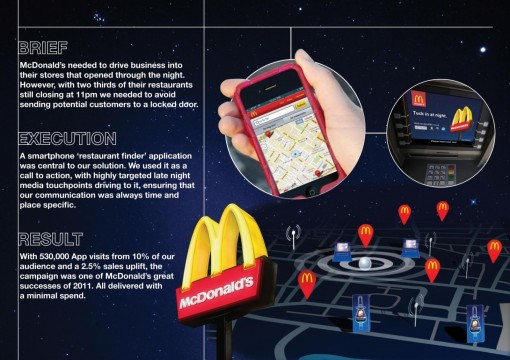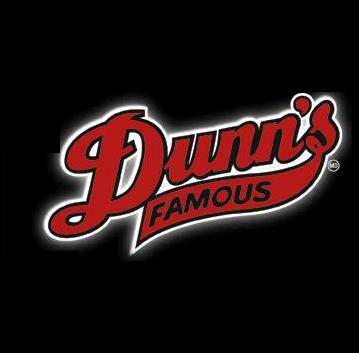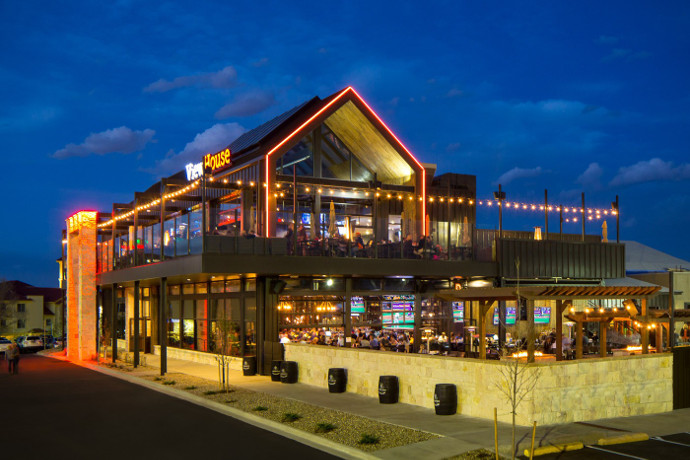

It’s the place where people can relax and be themselves while enjoying classic American comfort food and everyday value. When you’re craving breakfast, lunch, dinner, or anything in between, At Denny’s.It’s Diner Time. No matter who you are, where you are, what you need, or why you need it. When you’re seeking an adventure for your taste buds or the comfort of a classic. When you’re in the mood for some fluffy late-night pancakes. We’ve always been there for anyone that’s looking for a little comfort. Whether you grew up in the shadow of The Yum Yum Tree, or just moved here last year, Lost Restaurants of Denver can provide you with a crash course in Colorado's culinary history that will leave you longing for meals you'll never be able to enjoy, like a bowl of Pagliacci's unforgettable minestrone.Welcome to America’s Diner®. In doing so, they've created a wonderful document that's useful for researchers and foodies alike. The Autobees drew on a number of sources while researching their book, including WHG's Digital Collections and Menu Collection. This not-so-charming eatery stands as a stark reminder that the good old days weren't that good for everyone.


In the early years of the 20th Century, Denver was home to a particularly racist chili restaurant called, The White Peoples Chile Parlor. Though most of the restaurants the Autobees recall will leave readers longing for the good old days, some of them will leave readers with a bad taste in their mouths that wasn't caused by a poorly prepared meal. While no one is quite certain how the name canoli got attached to this tasty treat, the name stuck and is still used by those whose time in Denver pre-dates any neighborhood with a marketing slogan for a name. Carbone, legend has it, was reluctant to toss out leftover pizza dough from his North Denver kitchen and used those scraps to create the canoli. This dough-wrapped sausage with a slice of pepper was the brainchild of Denver sausage impresario Richard Carbone. The North Denver Canoli is nothing like the creamy dessert most of us are familiar with and is more like its mainstream cousin, the calzone. One recipe that stands out both for its simplicity and its unassailable Denver pedigree is the North Denver Canoli. Of course the sections most of us will head to immediately are those that cover restaurants from the 20th Century including The Flying Dutchman, Valente's, The Yum Yum Tree, Round the Corner, and many more forgotten favorites.īesides detailing a bit of each restaurant's histories, the Autobees unearthed plenty of historical gems including photos of table settings from some of the restaurants and plenty of recipes. The graveyard of Denver eateries is the subject of a wonderful new book by Colorado authors Robert and Kristen Autobee titled, Lost Restaurants of Denver. This meticulously-researched gem recalls dozens of shuttered restaurants going all the way back to Denver's earliest days. Plenty of beloved Denver eateries have been sacrificed at the altar of growth, seemingly leaving nothing more than memories of hot meals and good times with friends and family. Nowhere is the pace of change more visible than in the constant churn of restaurants and bars that keep the Mile-High City fed and watered. Hardly a day passes at Denver Public Library's Western History/Genealogy Department that someone doesn't mention massive changes that have swept the Mile-High City over the past few years.


 0 kommentar(er)
0 kommentar(er)
